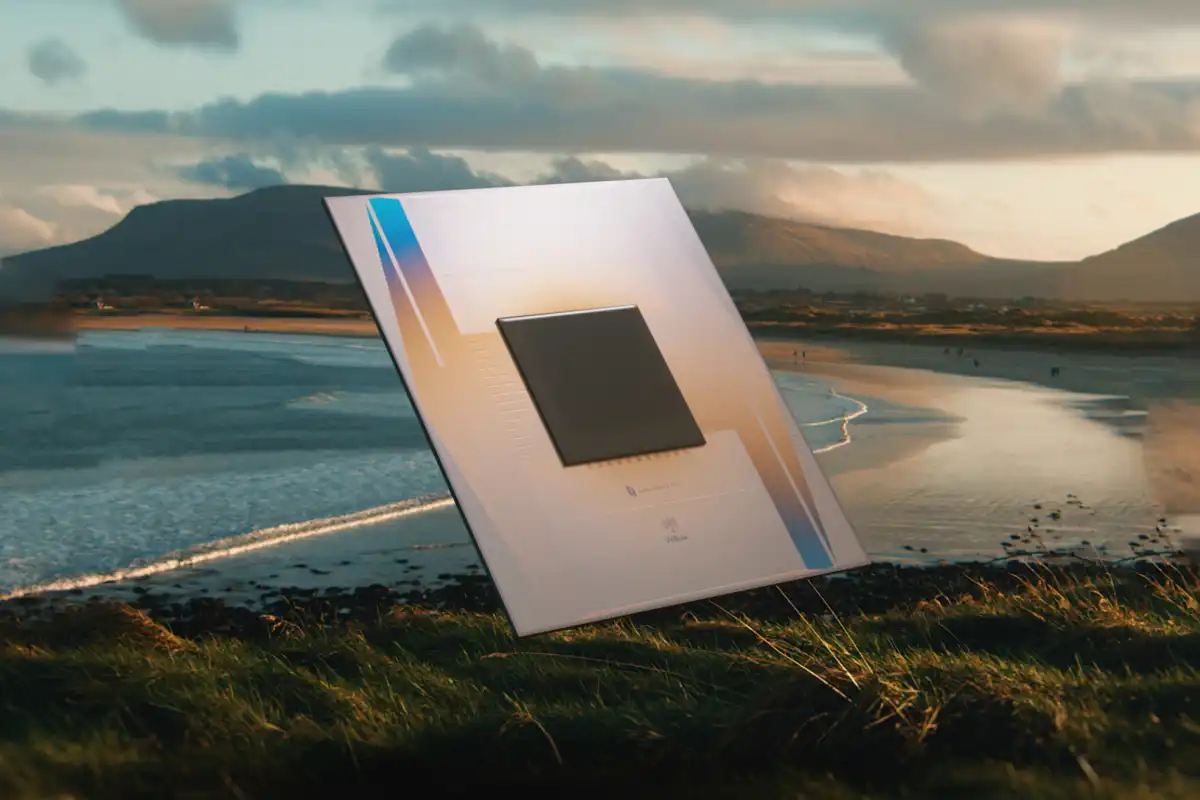Google just showed off Willow to the world, its mind-blowing quantum chip that absolutely destroyed an intensive benchmark. What would normally take today’s fastest supercomputers about 10 septillion years to complete — or 10,000,000,000,000,000,000,000,000 years — was accomplished in just 5 minutes with Willow.
Willow isn’t just a technological triumph, though. It’s a full-blown scientific breakthrough in quantum computing research. Google has published a study in Nature that addresses one of the biggest challenges in quantum technology: error correction. The study shows that as more “qubits” are added to a quantum computer, the better the error suppression becomes, making the technology more scalable.
Qubits, which are the individual units of information in quantum computers, can exist in the state of 0, 1, or both at the same time (unlike the binary “0 or 1” bits in traditional computers). This opens up computing possibilities that were previously unthinkable.
The potential of quantum computers is massive. They can be used to develop new medicines, design advanced battery technologies, or pave the way for fusion reactors. But with this power comes risks, such as the possibility of creating new viruses, breaking encryption codes, or using the technology for surveillance and weapons development.




